
Table of Contents
- What is Branded Content?
- How To Write Branded Content
- Key Takeaways
- Conclusion
- FAQs
Advertising techniques and marketing practices are constantly changing. People despise anything that sounds too much like a sales pitch. Now, does that mean brands should stop publishing promotional content? No, there is a solution to this problem: branded content! Branded content does everything traditional advertising does, only a little differently. But then, what is branded content?
Branded content is a subtle content marketing tool that shares a brand’s values in a way that evokes an emotional response in people. This marketing strategy does not entail traditional advertising. Its purpose is to engage the audience through videos, podcasts, or articles. Note that branded content doesn’t highlight products; it highlights brands and their values. It’s not like other intrusive marketing tools such as a sales pitch; it’s more focused on creating conversations around brands than making conversions.
Branded content is highly consumer-focused, which helps build trust between the brand and the consumer, making it a highly effective marketing tool.

How to Write Branded Content?
1. Focus on the values you promote

Before you learn what is branded content marketing, it’s important to be clear about one thing—branded content doesn’t promote products or services. It’s about sharing values that matter to customers and are relevant to your brand.
Don’t confuse branded content with traditional advertising. They are two entirely different marketing concepts.
The main purpose of branded content is to build brand awareness and customer loyalty and not speed up sales.
A great piece of branded content doesn’t necessarily promote the brand’s products or praise the brand. The content may not even increase the company’s sales from X to Y percent. But it can help increase customer loyalty and ensure higher sales over the long term.
If you want to create shareable content for your brand, then think about your target audience and the values and issues that both of you care about. It could be anything from gender pay disparity to the climate change movement.
Essentially, you create content that highlights your desire and resolution to bring about welcome changes in society. But don’t limit yourself to creating content alone; find ways to solve the problems. Your active involvement in change movements will enable you to create insightful and highly impactful content.
If this gives you even a little understanding of what is branded content marketing, then go ahead, create some awesome branded content, and gain an edge over your competitors.
2. Understand your audience

Another important aspect of learning what is branded content marketing is trying to understand the target audience. This is an extremely important step in the content creation process and must not be skipped. After all, the purpose of branded content is to put forward a message that would directly appeal to the target audience.
This means you will have to research your audience’s demographics and psychographics. So, it’s not enough to know your customers’ age and where they live; you should also understand their values, beliefs, and attitudes.
You can use digital tools meant for target audience research. But then the best way to learn about your customers is by visiting their social media profiles. A peep into the profiles will shed light on the subjects and issues that concern them most, which will help you create viral, share-worthy content. This is an important tip to keep in mind if you research what is branded content marketing.
3. Leverage storytelling
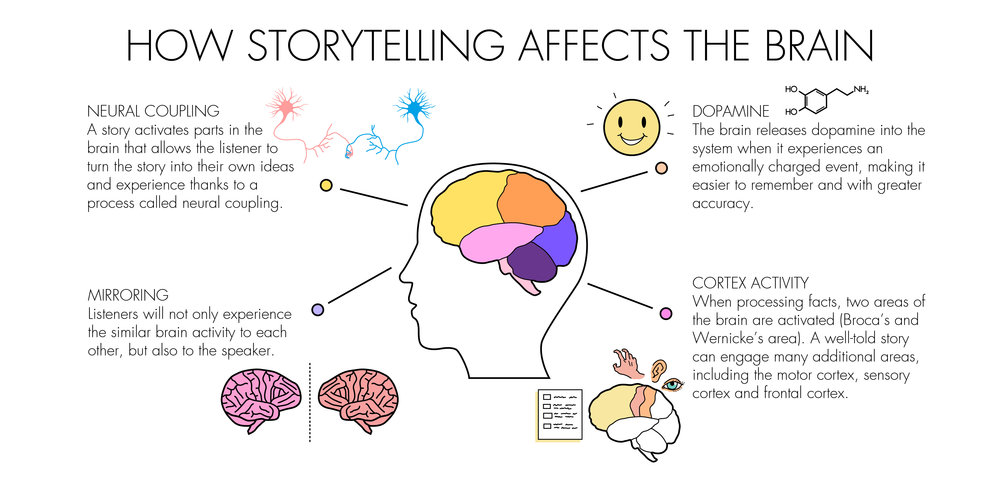
Type the term ‘branded content definition’ into the Google search bar, and you will have enough content on display telling you what does branded content mean. As you delve deeper into the concept, you will realize that a compelling piece of branded content demands a story.
People love stories, and there is a science to back this up. Oxytocin, a neuropeptide, acts as a feel-good hormone in the body and gets released when we hear stories that resonate with us. It can evoke feelings of trust, empathy, and compassion.
That means you can create ‘chemistry’ with your target audience by crafting a compelling brand story. A good story will allow you to connect with your customers emotionally.
Now, what is the best content type to narrate a story? It could be any type of content, from a short text, a video, and an image to a well-designed infographic or any other visual content that can do justice to the narrative. Sometimes, multiple stories can be combined into one long story, depending on the need.
And what story should you tell your audience? Well, it all depends upon the message that you want to relay. It could be an inspiring story or a funny one, anything that would appeal to your audience.
4. Incorporate emotional appeal
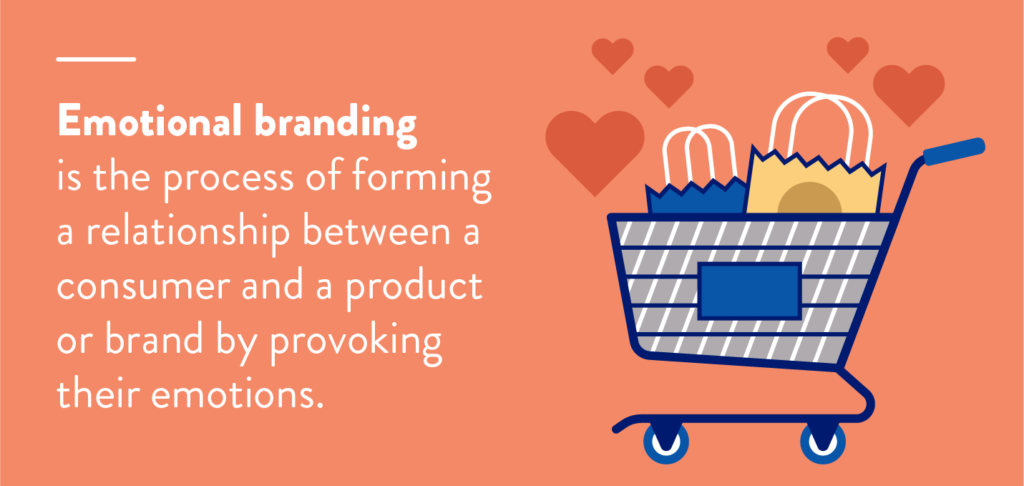
A standard branded content definition might not tell you its emotional aspect, but ‘emotional appeal’ is the cornerstone of any good branded content.
Branded content should try to make an impact by triggering any of these emotions:
- Joy
- Grief
- Fear/surprise
- Anger/disgust
Marketers generally don’t want to create negative brand content because they think it might cause people to develop a negative attitude towards the brand. But that’s not true. Sometimes, a message receives better acceptance when it triggers a strong emotion like anger or anxiety in the audience. There are endless examples of disturbing viral videos that are alarming yet impactful with their beautiful messages. Think about all those shocking facts and unpleasant visuals published online to draw attention to pressing problems like climate change.
This type of content might appear ‘negative,’ but it works incredibly well. If results are what matter to you, then think beyond the standard branded content definition, and make your content stand out.
5. Keep your brand voice consistent

Maybe you are looking for branded content meaning online and searching for its definitions in marketing books. Still, nothing can teach you how to create the right kind of branded content better than popular content examples. You will be surprised at how easy it is to go wrong with branded content, even if you fully understand what does branded content mean. So, the study established examples of branded content and noticed the brand tone. Content creators often do their reading and churn out content without caring about the tone. However, the wrong tone can cause all your efforts to go in vain.
It’s not that you shouldn’t experiment with different types of content or talk about different subjects. It’s just that you must keep your brand’s voice consistent. The audience should immediately recognize your Instagram posts, blog posts, and YouTube videos based on their familiarity with your brand tone.
If you haven’t yet set a voice for your brand, do it right now. First, decide which tone best suits your brand: friendly, helpful, informative, funny, or sassy. Then decide which language you will use: formal, informal, simple, complex, technical, or jargon-free. Once you have decided, make sure it stays intact.
If you grow as a business, you will probably have a large content marketing team; make sure everyone uses the same tone.
6. Create share-worthy content
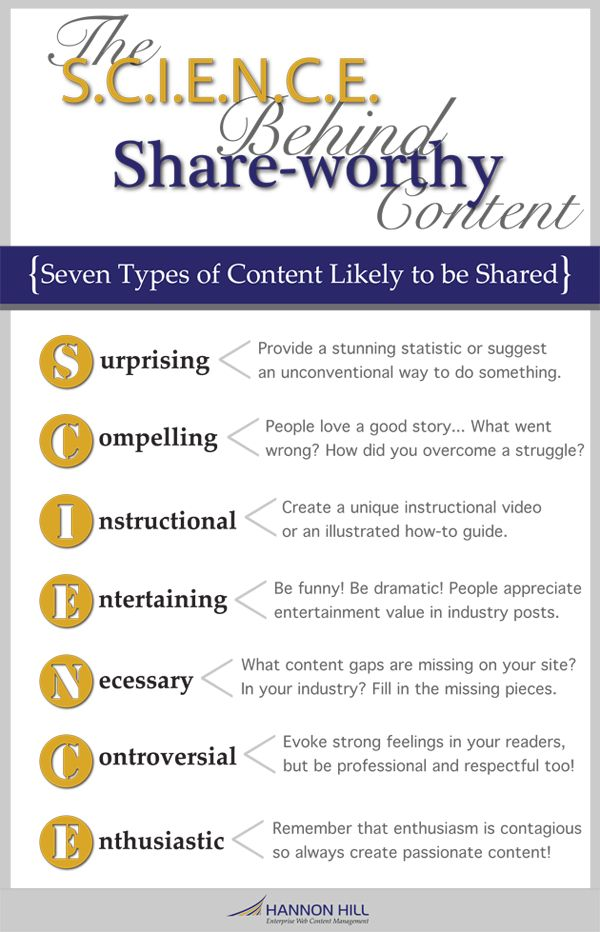
If you have understood branded content meaning, you must have realized how important it is for a piece of branded content to stand out.
Effective branded content writing is more than making your content entertaining to read or view; you must make it share-worthy. Even your best branded content isn’t good enough by industry standards if it’s not being shared. And so, to be able to create quality content, it’s important to know the difference between ‘good’ and ‘share-worthy’.
7. Be authentic
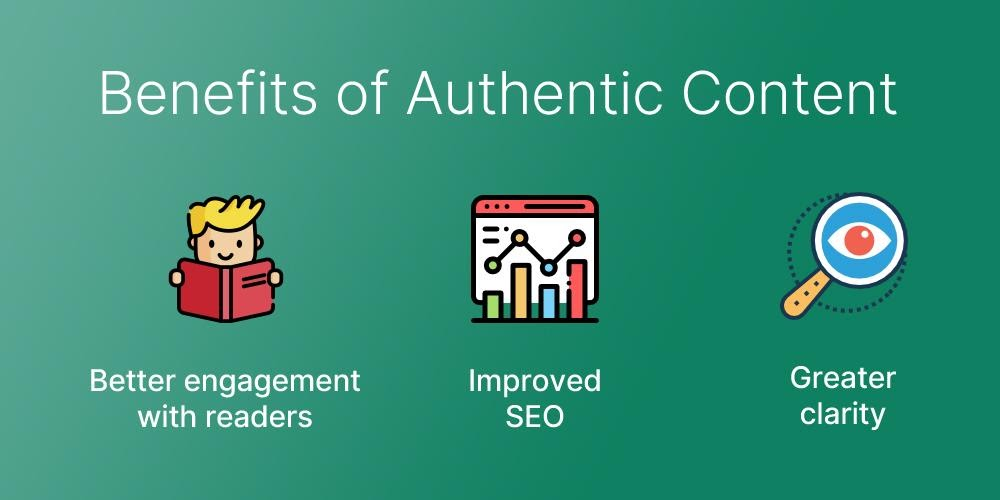
Look for branded content meaning online. Chances are you will find a good branded content definition along with resources talking about the importance of authenticity in branding. Now, why is authenticity so important in branding? Because your brand loses its identity the moment, it loses its originality.
So, come up with unique and authentic branded content ideas. Try to think outside the box, so that your content can engage and entertain at the same time. Do not copy content from other brands.
A lot of marketers falsely believe that creating branded videos like those produced by Nike, Red Bull, or Dove will bring them success. But this is far from reality as these are popular videos and people have already seen them, and now want fresh content.
Allow your imagination to run wild, and don’t be scared to experiment. Do everything in your stride to bring your original ideas to life.
8. Be open to collaboration

Those who have found out the true branded content meaning have found out the mantra for success in content marketing. But achieving success holds little value in business; what truly matters is being able to maintain success. And to maintain success, you will need assistance. Collaborate with industry professionals and influencers to share your values with a larger audience.
Colgate partnered up with Michael Phelps (the most decorated Olympian and competitive swimmer of all time) to support the global water-saving campaign “Every drop counts.”
Michael wrote content on behalf of the brand, encouraging people to save water. The campaign made quite an impact on the audience.
9. Have diverse content
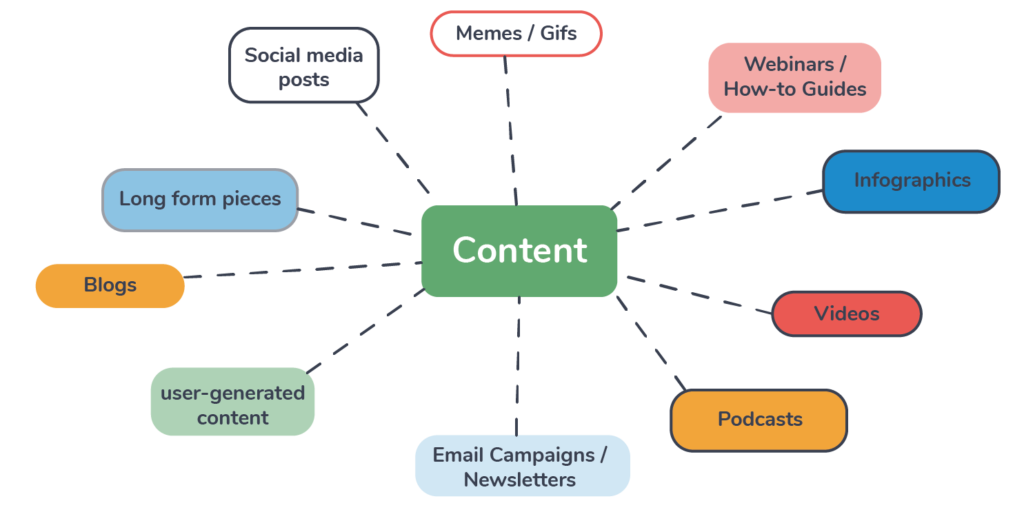
If you want to make the most of your branded content campaigns, don’t limit yourself to one type of content. You will be surprised at what content diversity can bring to the table. It will boost customer engagement and enable you to reach a larger cross-section of potential customers.
But then, how do you decide what your content campaign includes? Well, you decide that based on your brand image and niche. There are also a lot of content formats that you can try out, starting from videos and short films to social media posts, infographics, blog posts, and podcasts.
Note that videos are more shareable than blog posts. But this doesn’t mean you should only create video content. Choose different formats for different subjects, and you will witness a steep rise in customer engagement.
Key Takeaways
- People don’t approve of content that sounds too ‘salesy’.
- Branded content is a subtle content marketing tool that shares the values of a brand in a way that evokes an emotional response in people.
- Branded content is highly consumer-focused.
- When creating branded content, try to think out-of-the-box.
- Branded content can be created in any format, such as a short video, an image, an infographic, a blog post, or a film.
Conclusion
Now that you understand what is branded content, it would be valuable for you to know that using emotions for mass persuasion goes back to the days of Aristotle. Interestingly, it’s still a powerful tool widely used in the world of marketing. Branded content doesn’t seek to make rational arguments as to why a brand is superior to the competition. Instead, it aims to connect with the audience on a much more intimate level. Creating successful branded content is a fail-proof way to help your brand stand out in an overly saturated market.
FAQs
Branded content is a marketing tool designed to build awareness for a brand by highlighting its values.
Your branded content will promote your brand, encourage customer engagement, and create brand awareness among people.
Some of the most common branded content formats are videos, images, blog posts, infographics and podcasts.
Regardless of its size, every business should tap into the potential of branded content. With effective branded content, any company can create brand awareness and build a positive brand image.
Latest Blogs
Explore how Google’s 2025 AI search updates triggered ranking chaos. Learn actionable strategies to adapt your SEO for AI Overviews, zero-click searches, and SERP volatility. Stay ahead now.
Learn how to rank on AI search engines like ChatGPT, Perplexity, and Gemini by optimizing your content for authority, structure, and relevance. Stay ahead in AI-driven search with this strategic guide.
Explore the best healthcare SEO services for your medical practice. Improve online visibility and effectively reach more patients in need of your services.
Get your hands on the latest news!
Similar Posts

Content Marketing
4 mins read
11 Best B2B Content Marketing Agencies for B2B Companies in 2024

Content Marketing
5 mins read
Top ecommerce Marketing Agencies with Proven Strategies for 2024

Content Marketing
5 mins read